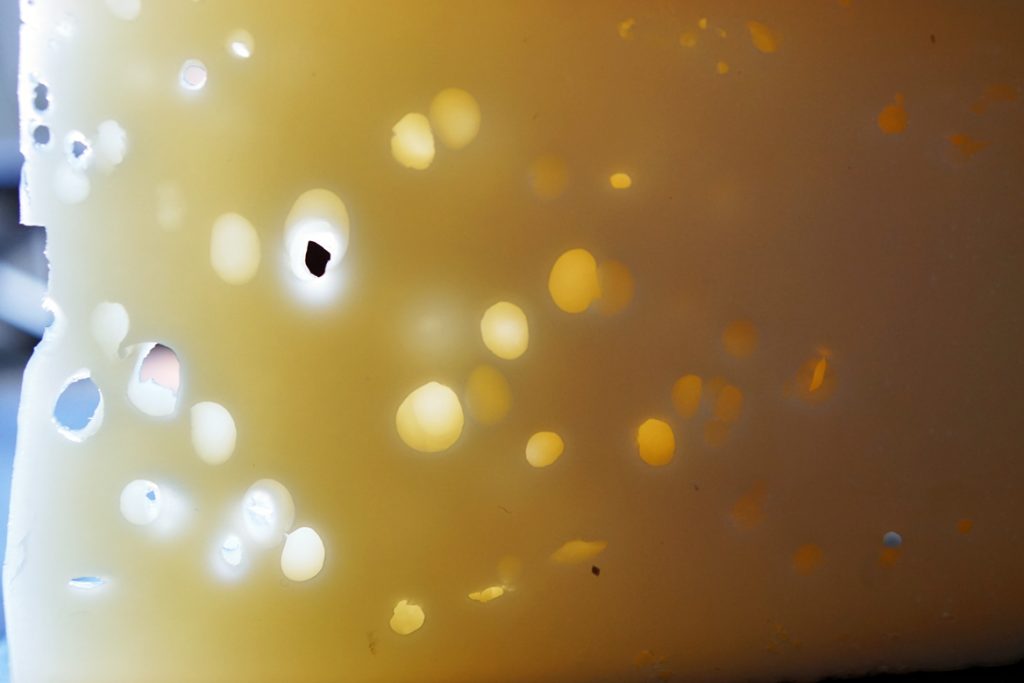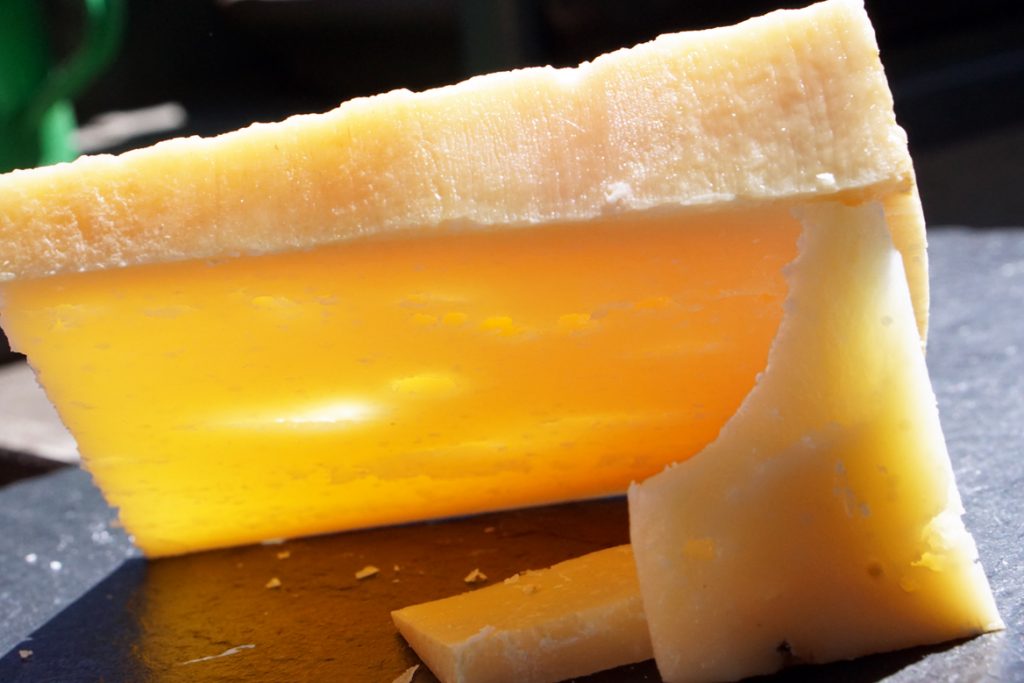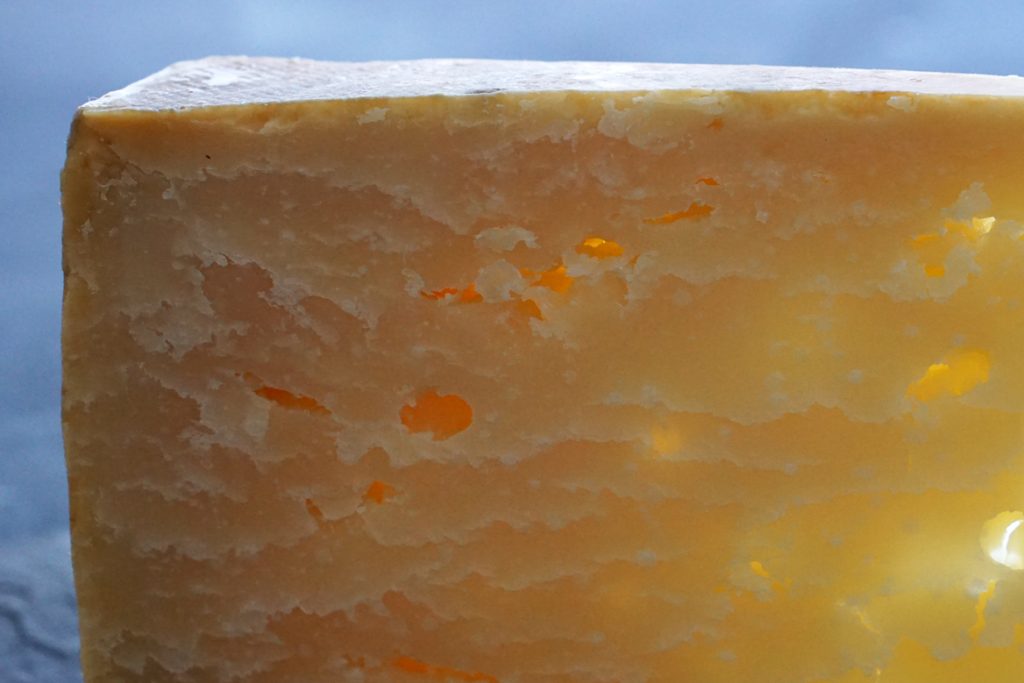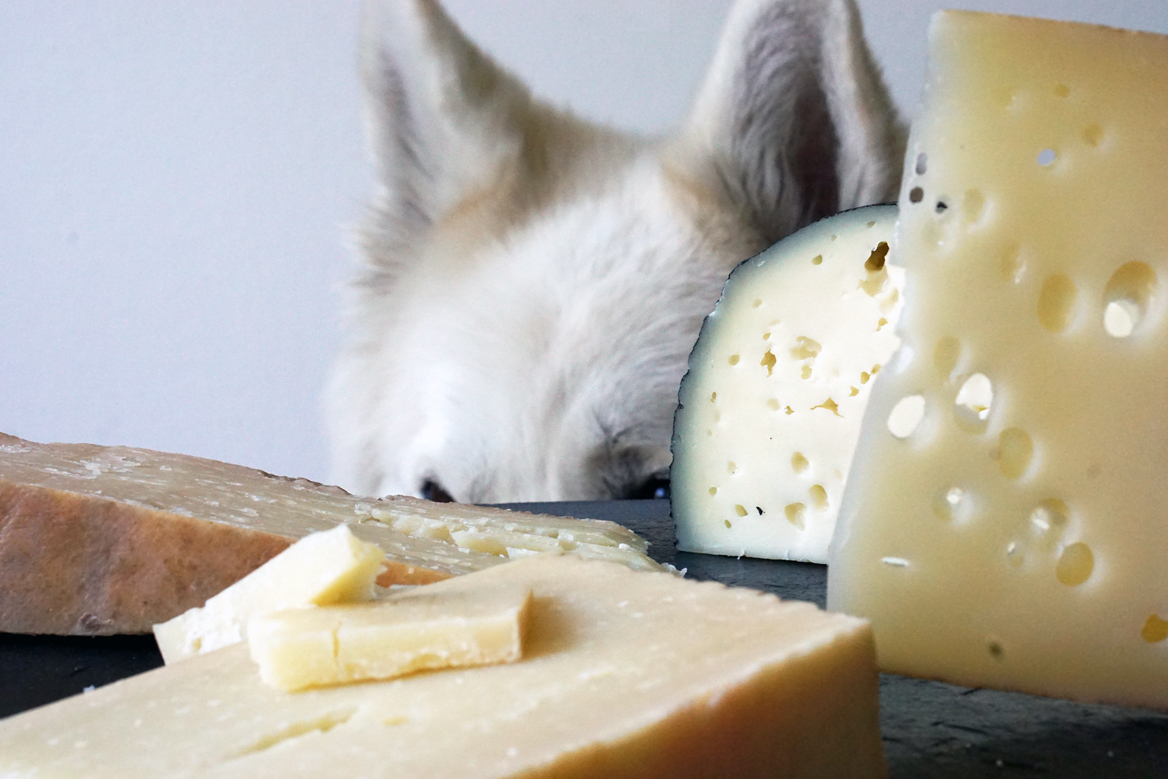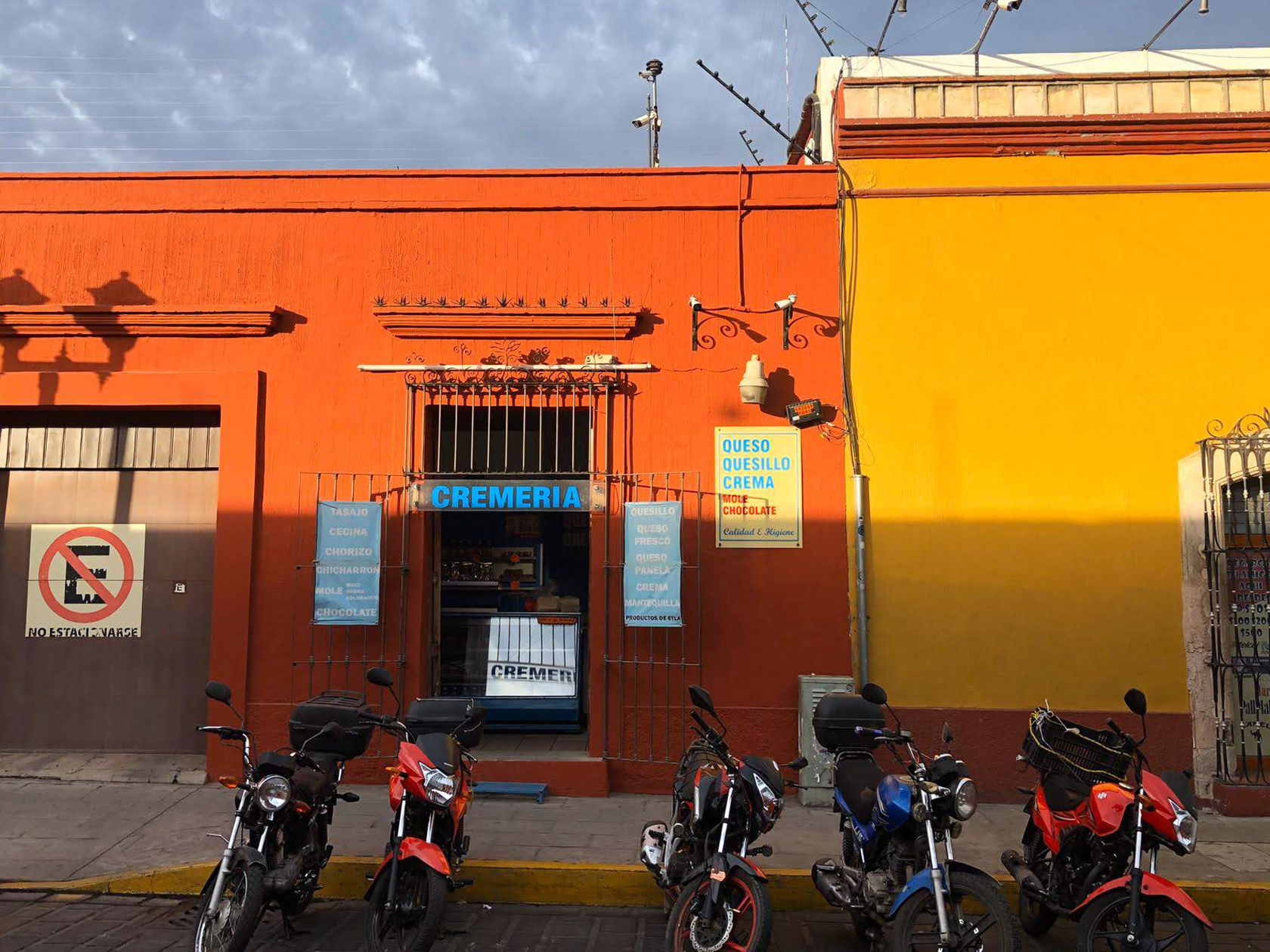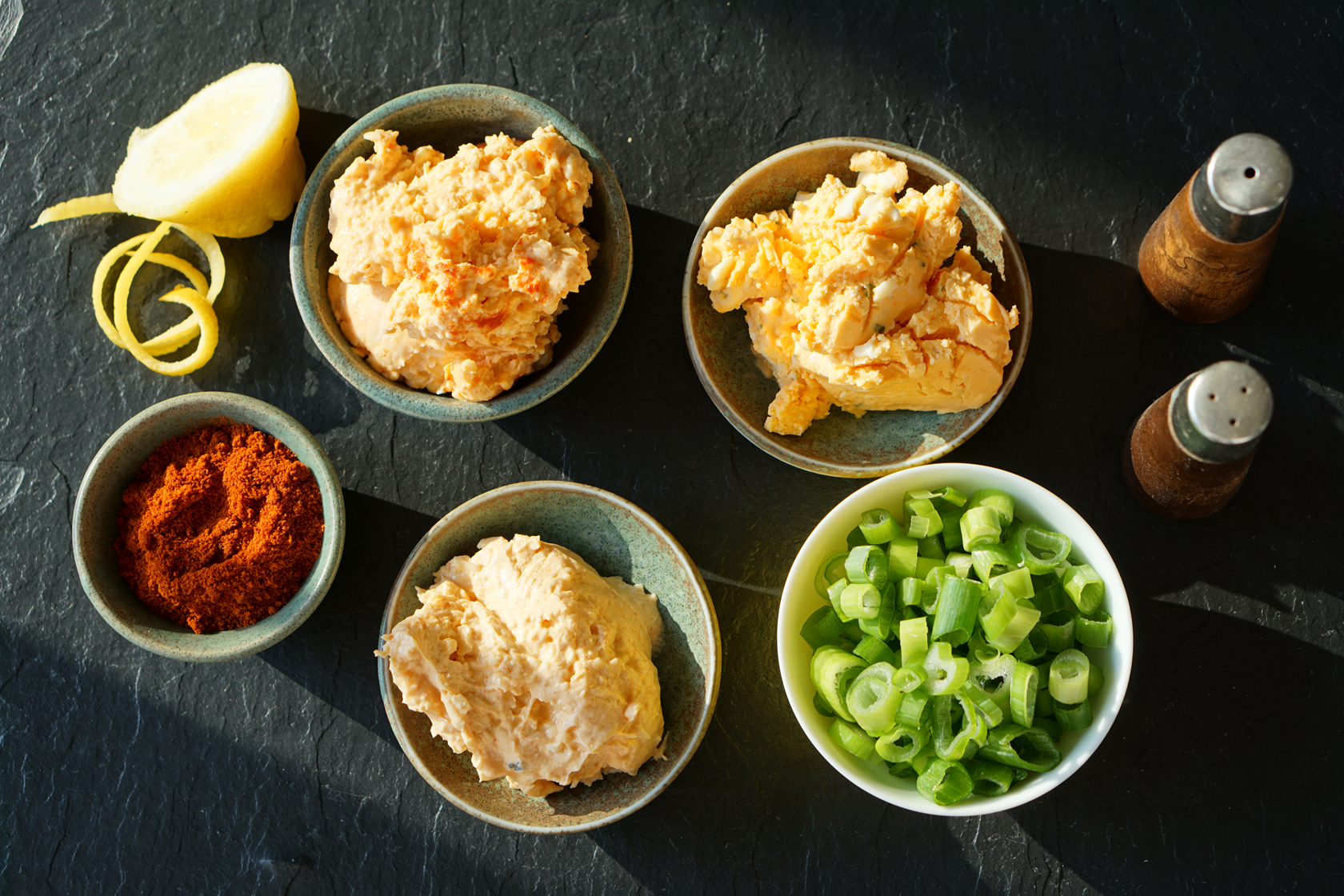Don´t you also sometimes think “ ugh – would be great to taste this cheese when just a little younger or maybe even stone-age old?” Asiago can make this happen and Gustav and I were lucky enough to gather a few generations together.
————————————————————————————————————-
Being earth-born around the year 1000 Asiago witnessed and underwent many developments.
It saw landlords and rulers go by, experienced technical innovations -both of which lead to new milk dispensers- and had to witness crucial scenes during WWI in the battle of Asiago where it became an important mean of trade.
The only thing that stayed nearly the same is the area of production, which still gathers around the Asiago Plateau – birth mother to this fine cheese.

Before the 12th century sheep were the main source of milk and the area was known for its “Pegorin” – the probably cimbric name for the inhabitants of the area . Back in those times the lords of the territory demanded payments in cheese which led to a lively production of Asiago-style ewe´s milk cheeses.
In the course of the 15th century the doges of Venice by decree forced the farmers into switching from sheep- to cow-farming. The reasons for this step were presumably multiple – advancing dairy technologies as well as the fact that sheep generally use up more land than cows. Moreover, with the invention of the printing press and Venice advancing to the printing capital of the world, the fine sheeps skin wasn´t in demand for parchment anymore. As a result, sheep were driven out of the Asiago production and the first Asiago cow´s milk cheeses, similar to those we know now, were produced.
Today Asiago, which is protected by the PDO mark since 1996 (!), comes in two types –
Asiago fresco and Asiago Allevo .
Asiago fresco (fresh Asiago), also runs under the not so appealing name of Asiago pressato (pressed Asiago) which derives from the manufacturing method of pressing the partially cooked (44°C) walnut-sized curd into molds to get rid of the whey. As the name implies, Asiago fresco is ready for consumption after about 3 weeks and doesn´t survive the world for too much longer. The one we got our hands/paws on is a 90 day old Asiago PDO of the “Gallo Nero” family.
As Asiago fresco is a pretty mild and buttery cheese, with reminiscence of yogurt and a sweet and a little acidic taste, it´s more a pre-dinner or afternoon-pick cheese than the star of an after-dinner cheese plate. (It is by the way not only aging-wise the youngest of the group but also in terms of history, since it set foot on earth not before the 20th century.)
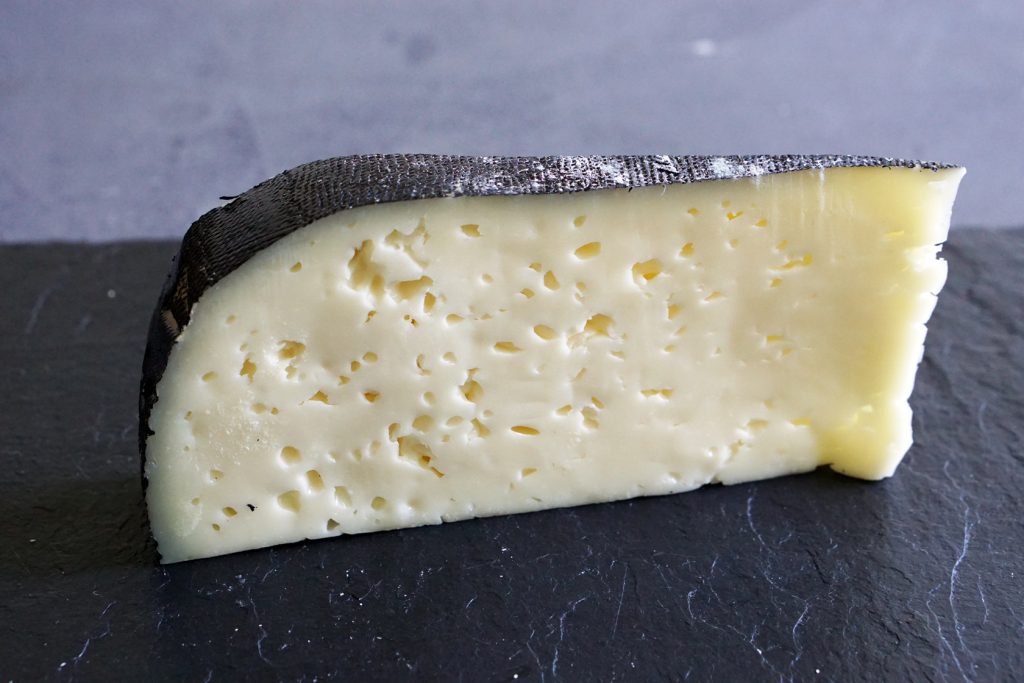
Asiago Allevo is the aged one and comes in three stages – Mezzano (usually 4-6 months old), Vecchio (10months +) and Stravecchio (2 years and more).
The manufacturing process though differs from that of the fresco kind. Instead of whole cow´s milk, skimmed milk is used and the curd is parted in much smaller (hazelnut-size) pieces with the whey being getting rid of from the beginning so that no pressing is needed afterwards. After a nice sweat at 47°C the curd is then put to rest, gets salted and after a little more rest is ready to be sent off on its aging journey.
[For those of you who are interested in all the mandatory PDO steps here is the link to the Journal of the European Union.]
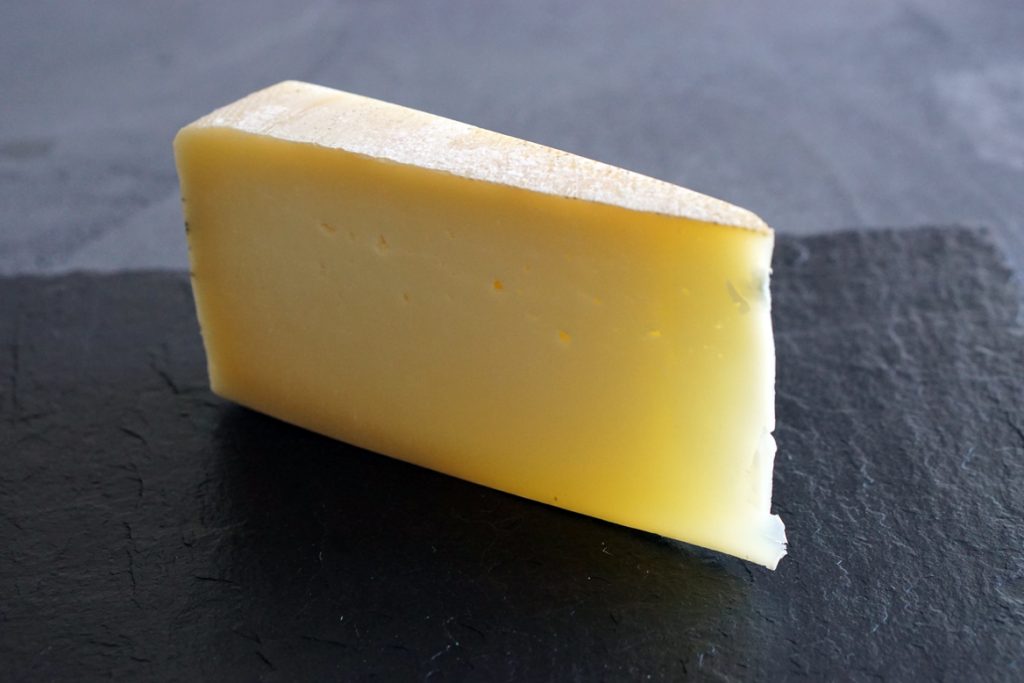
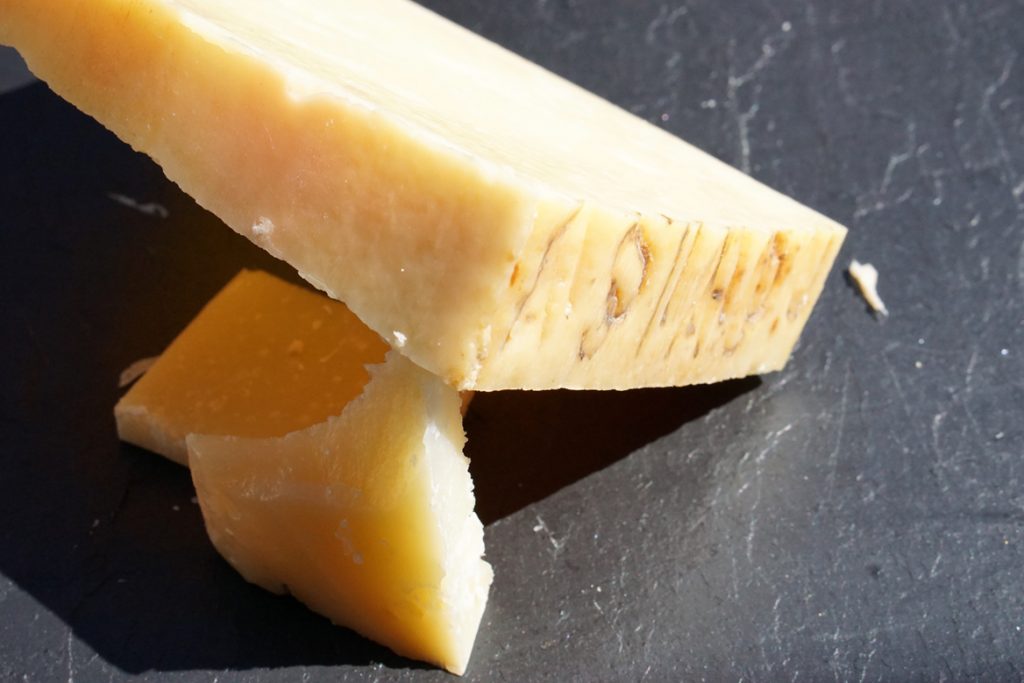
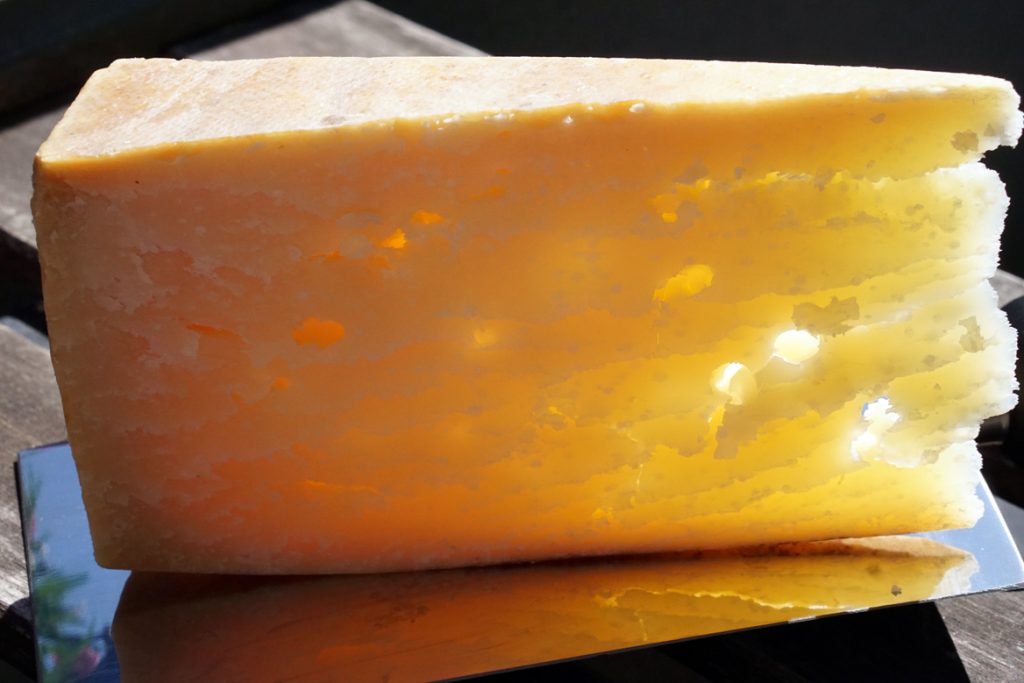
Depending on the different ages the texture and taste differ a lot.
The bouncy texture of Asiago fresco gets harder and dryer until – like with my 4 year old find –shreds into crystalized pieces only held together by habit. The lactic smell and taste gradually budges and opens the way for an accelerating complexity of flavors from herbal and fruity to bready, spicy and prickly.
I personally think that cheeses are Einzelgänger that don´t need a backup to unfold their full potential, but if you happen to have these pals on one plate and want to make them team players, make sure to match them with light and heavy wines to fully enjoy their pairing potential.
